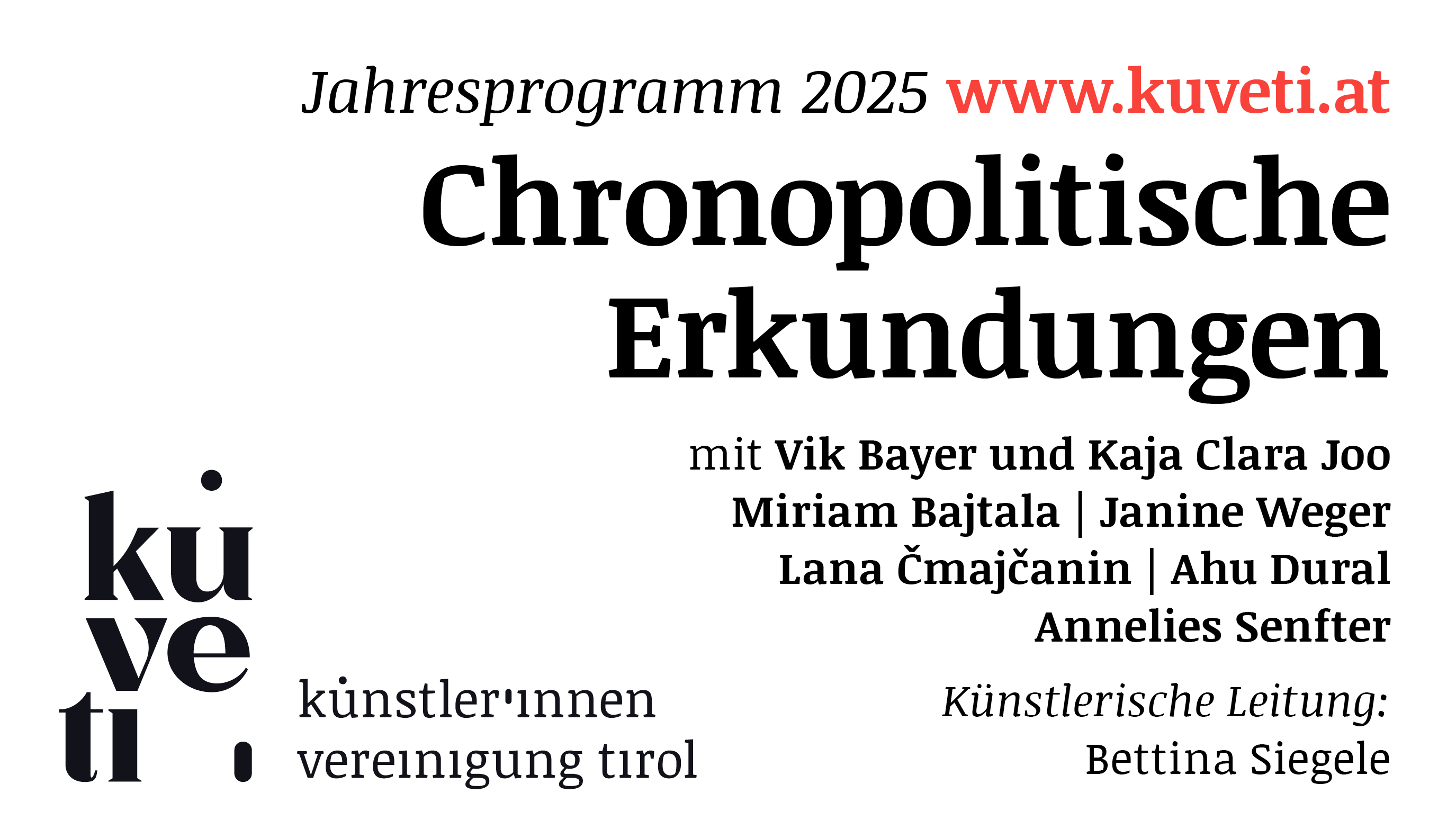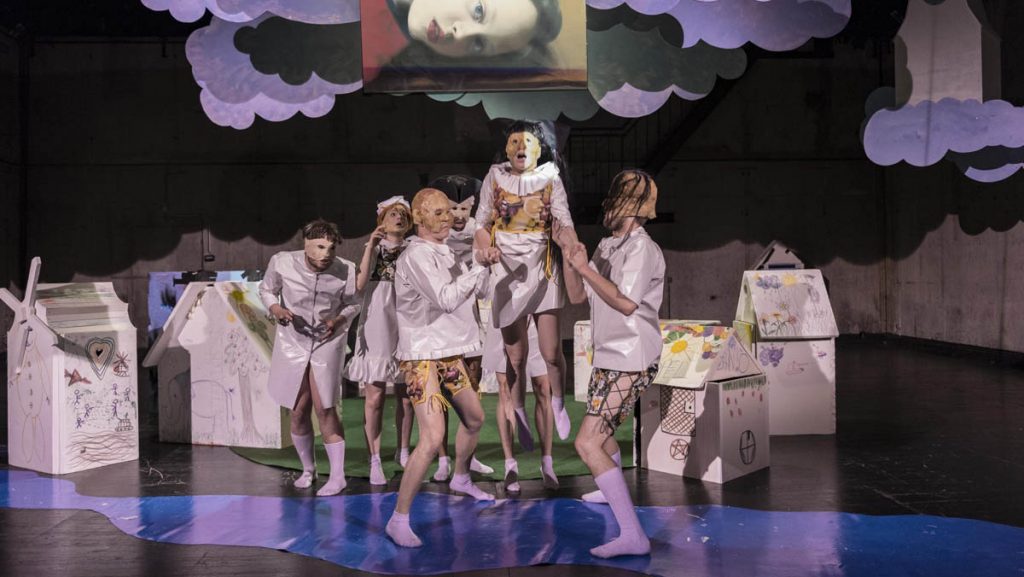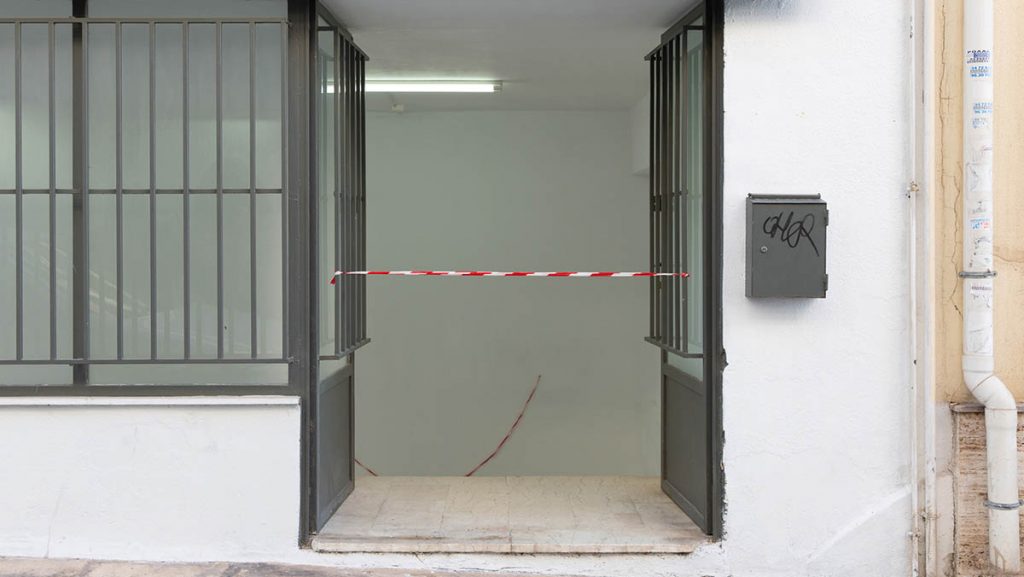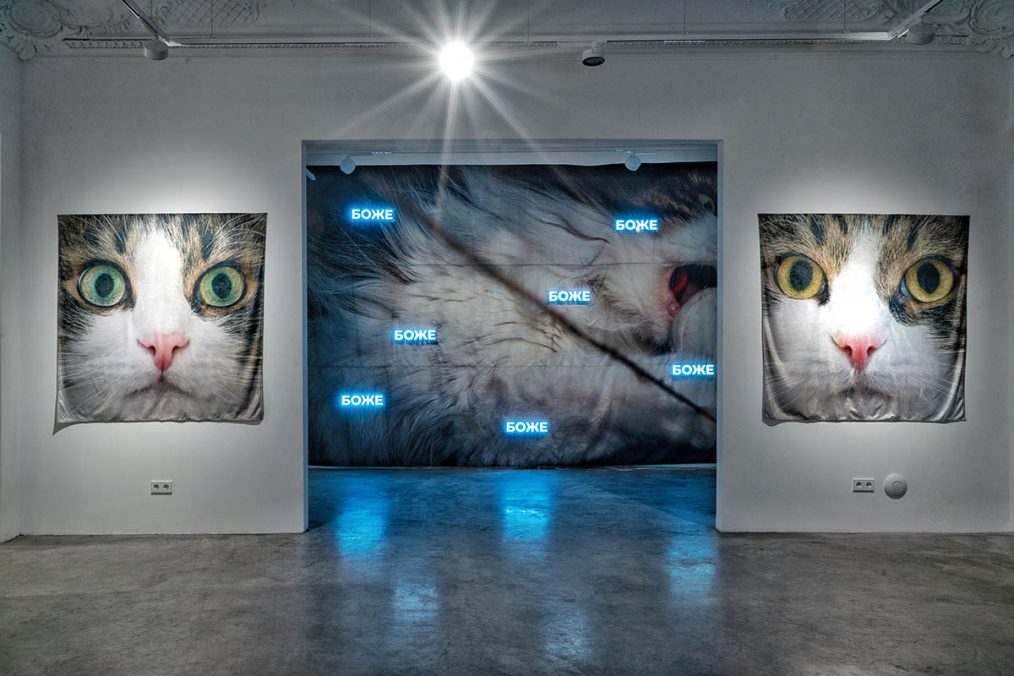
Alina Glazun’s new exhibition doesn’t literally or directly touch on pandemic-related images or topics, but it was birthed in the atmosphere of the year of quarantine. It is imbued with the spirit of art in the era of self-isolation. In years like this, artists justifiably turn to precedents in the history of culture. It would be natural to recall Boccaccio’s “The Decameron”, Albert Camus’s “The Plague”, or Pushkin’s “A Feast in Time of Plague”, which many people have been bringing up in every possible context.
However, Alina Glazun’s choice falls on a literary monument that appears more neutral, having nothing to do with an epidemic.
The piece in question is one of the most famous masterpieces of ancient Roman poetry: “Ode to Leuconoe” by Horace. By offering its literal translation, word for word, the artist positions the text of the ode as extremely relevant.
Ask not (‚tis forbidden knowledge), what our destined term of years,
Mine and yours; nor scan the tables of your Babylonish seers.
Better far to bear the future, my Leuconoe, like the past,
Whether Jove has many winters yet to give, or this our last;
This, that makes the Tyrrhene billows spend their strength against the shore.
Strain your wine and prove your wisdom; life is short; should hope be more?
In the moment of our talking, envious time has ebb’d away.
Seize the present; trust tomorrow e’en as little as you may.
The title of the project is also borrowed from the poem, in keeping with the main theme of the exhibition. This ode is most often remembered for the catch phrase carpe diem, which many interpret as little more than propaganda of Epicurean hedonism (Horace does mock himself as “a pig from the Epicurean herd” elsewhere, after all).
It can be perceived as a poetic depiction of an everyday scene: long conversations, or perhaps disputes, culminate in the triumphant proclamation of practical and philosophical wisdom.
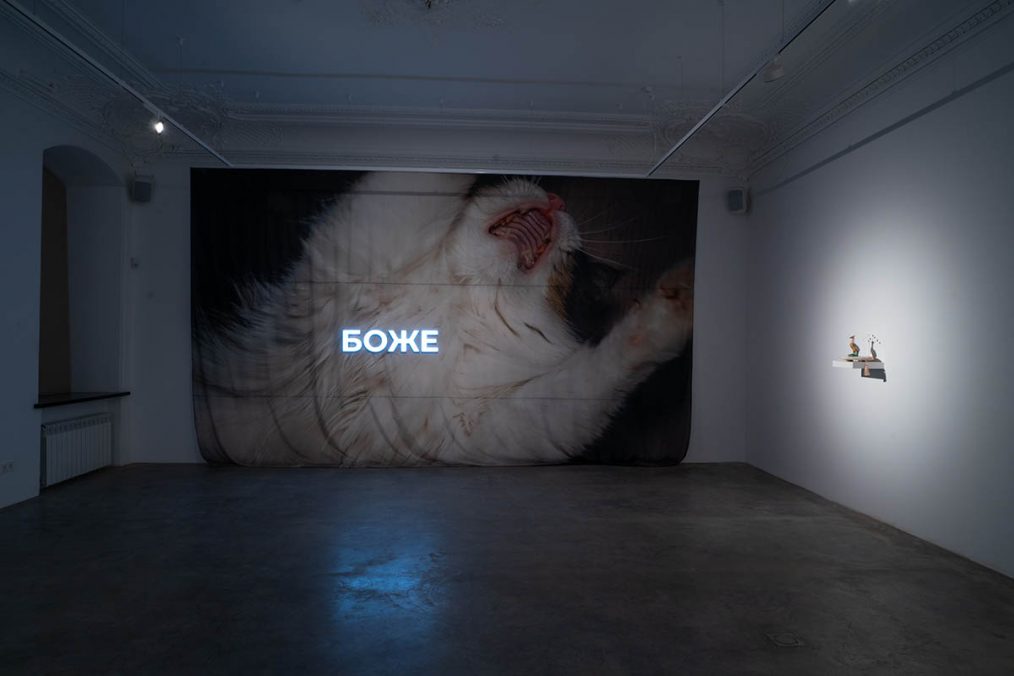
At the same time, the name of Jove (Jupiter) is also mentioned, and the words “ask not” are strict in the original: scire nefas suggests that to know is wicked. And although these are probably common turns of everyday speech, uttered perhaps with humor, nevertheless, deity and piety are mentioned by Horace. In this context, the organization of the exhibition as a sacred space does not seem pretentious.
On the walls of the gallery, Alina hangs huge fabrics that look like stage curtains or temple curtains. It is more likely the latter, given that the word “God” is repeated on some of them. However, the word itself could be either an intense prayer, or a common interjection that is basically devoid of meaning.
The very first words encountered by the viewer are “This is just the beginning. Is it the beginning of a new era, the threshold of a new reality? Or is it the beginning of a series of absurd positions we are galloping through, unpredictable scenes of a tragicomic performance in which we don’t know whether we are all spectators or participants? The polyvalence of similar questions and answers is complemented by a group of objects, which are the artist’s compositions from all kinds of kitsch and flea market ready-made pieces in combination with individual words and phrases. They, in turn, represent verbal ready-mades.
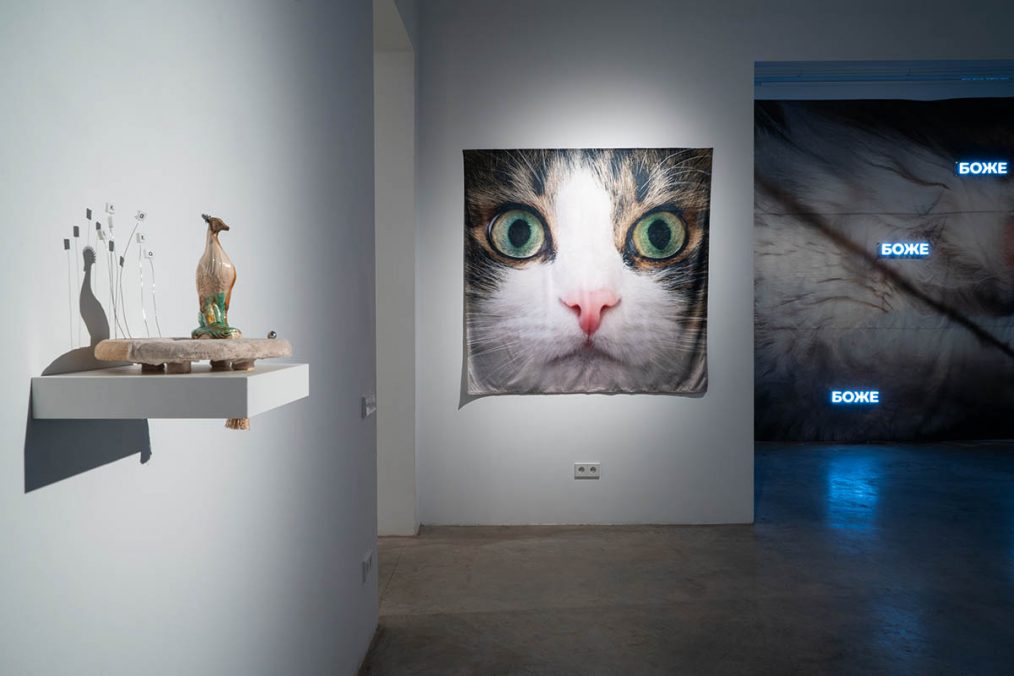
Alina Glazoun, Seu Plures Hiemes, 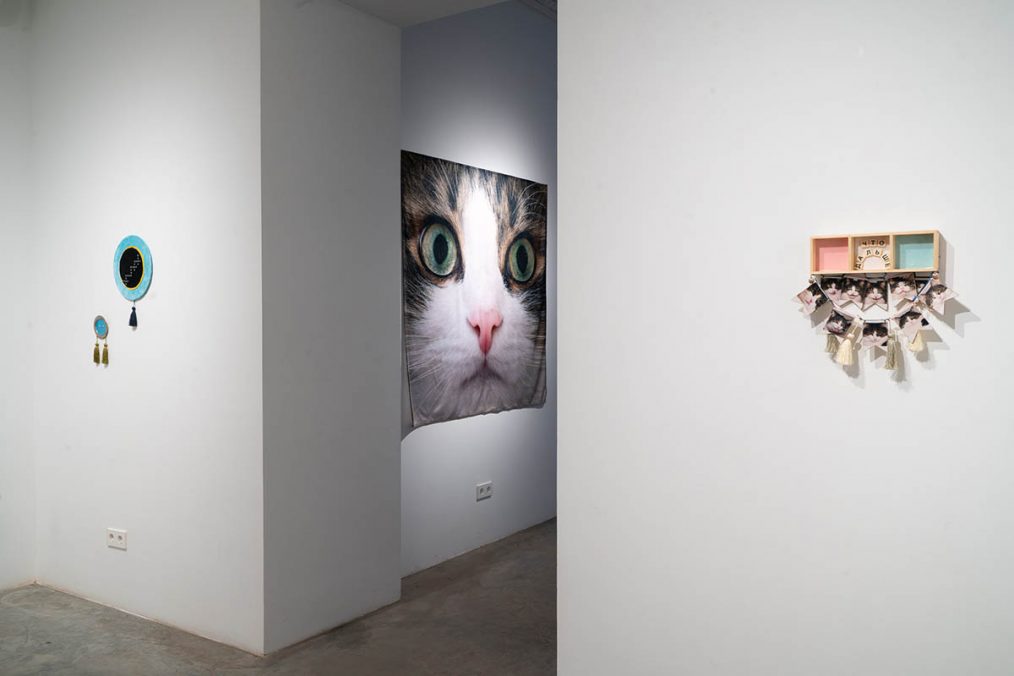
Alina Glazoun, Seu Plures Hiemes,
They are all monosyllabic or laconic memes—the interjections of a digital, social network era. Curiously, the verbal component of the neo- Dadaistic objects is made up of cubic pieces from some game, where each cube has one letter, with a small number in the lower-right corner. They look like squares from the periodic table. A particularly impressionable viewer may suspect something Cabalistic and see some kind of numerological ciphers or the mysterious Babylonian numerals that Horace’s interlocutor was so interested in.
Nothing is forbidden at Alina Glazun’s exhibition. Everyone is free to see whatever they want and to interpret what they see to the best of their imagination and ingenuity.
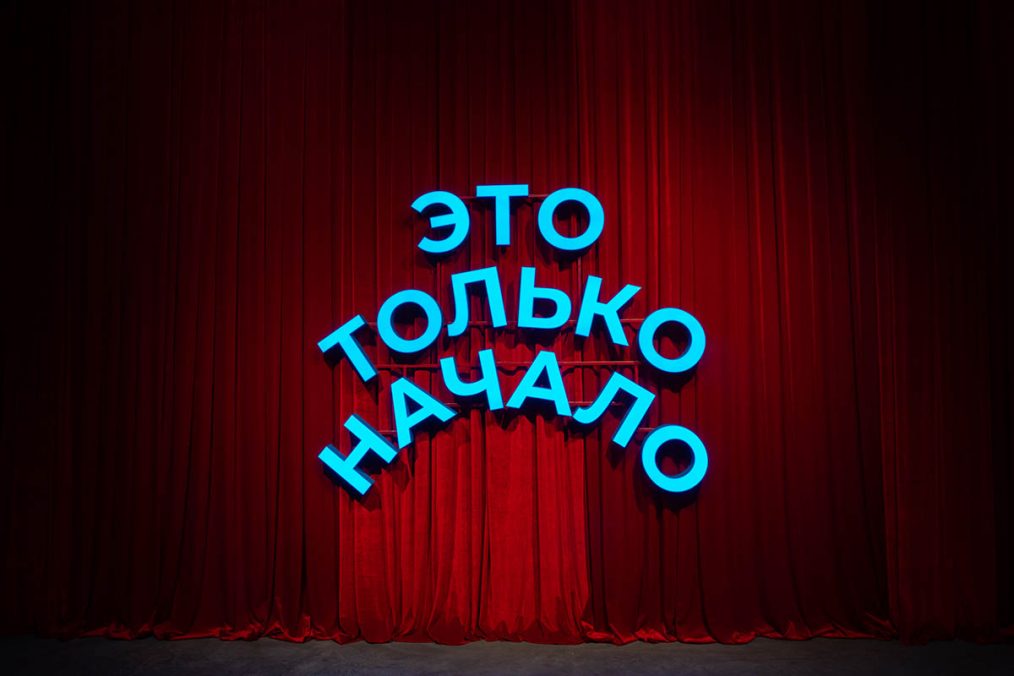
It’s clear that the artist herself sees the interaction between an artifact and spectator activity in something much more than interpretation or a search for hidden meaning. Her project is not a visualization or an illustration of Horace’s poem. The Roman poet offers a generalized recommendation to approach everything with patience, to be wise, not to hope for anything, and to “seize the moment”. Apparently, the artist agrees with every word. But then Horace gets specific: “strain your wine”. There is nothing about wine at the exhibition, but there are a lot of cats. It is the images of cats that embody patience, wisdom, and “seizing the moment”, if you will. One of the curtains has a cat frozen in a jump, trying to catch something, almost like the goalkeeper in Deineka’s painting and accompanied by the screams of invisible fans shouting “god, god, god…
On another curtain, waves of cat fur resemble the waves of the Tyrrhenian Sea. And finally, there are two huge feline faces with wide- open feline eyes. Only cats and icons have eyes this wide. These are photographs of two cats named Ulysses and Phaedrus. They are different cats, but they look a lot alike.
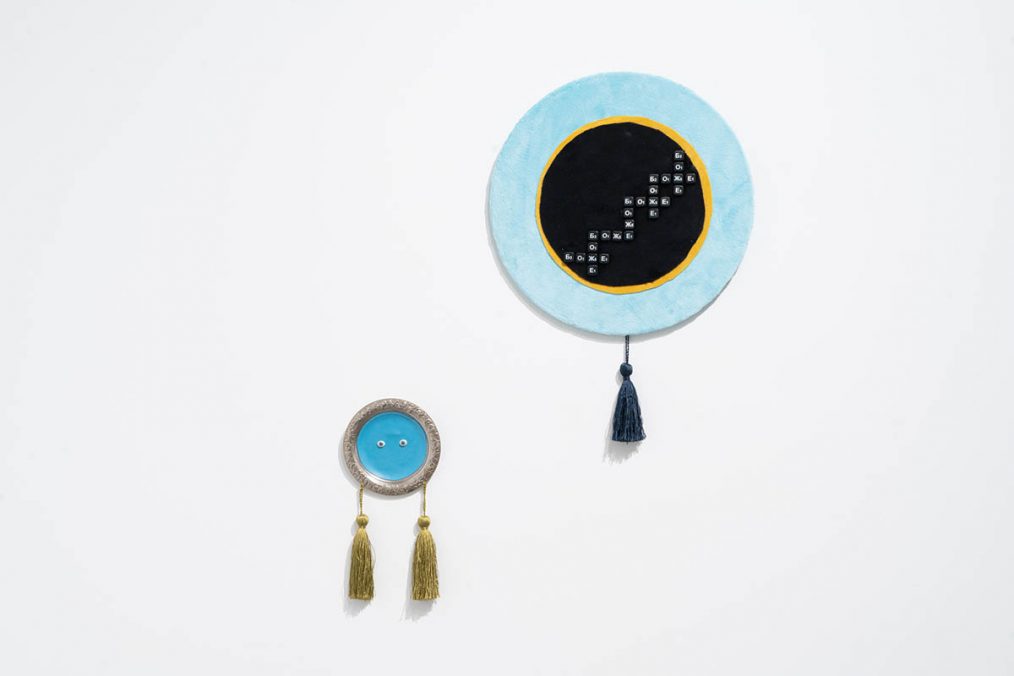
MYTH is an art gallery 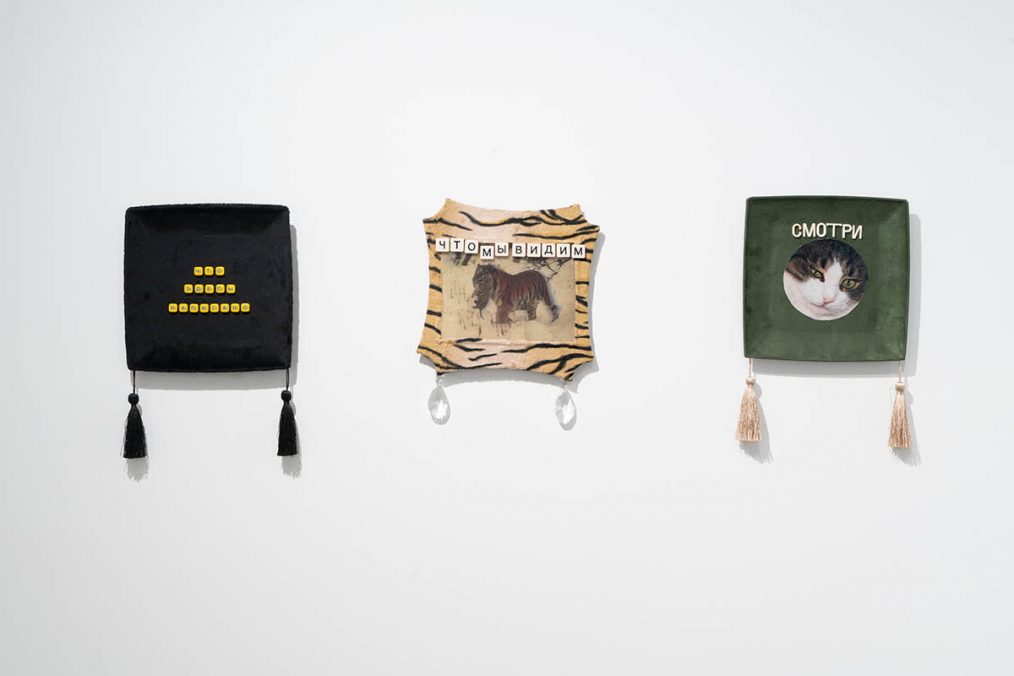
MYTH is an art gallery 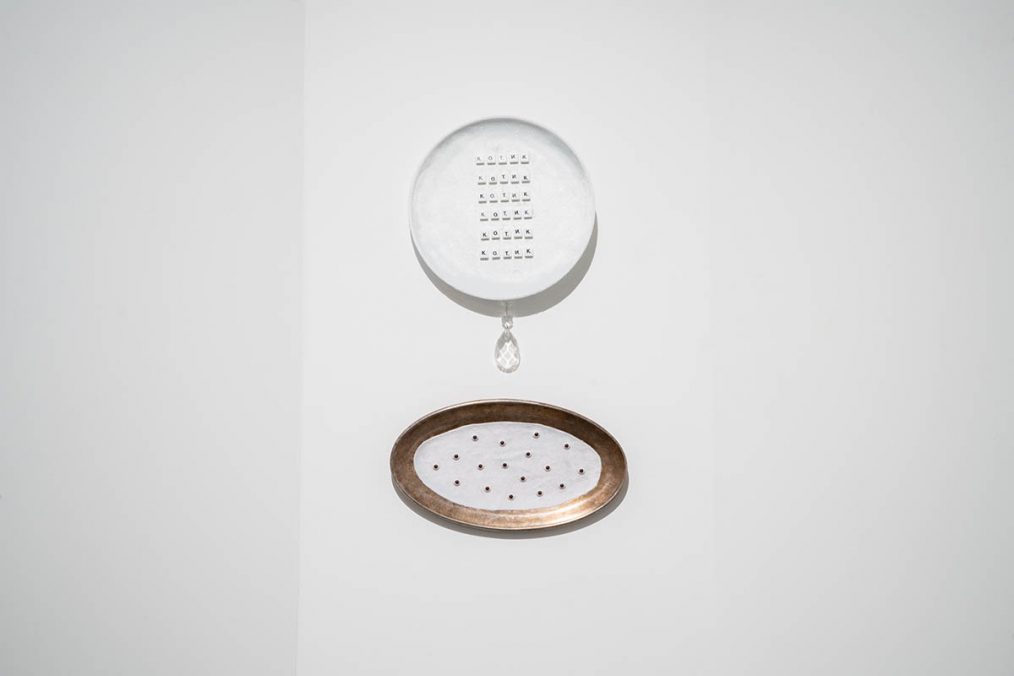
MYTH is an art gallery
Their antiquated names also seem to bring them closer together, but these are very different names—one is the name of an epic hero, while the other is a young interlocutor of Socrates. And as similar as their gazes are, one of them has a searching, inquisitive, adventurous expression, while the other looks speculative and contemplative. So which one is which? No matter how hard I searched, I found nothing about cats in the entire corpus of Horace’s works. But there are several poems by Baudelaire. These poems are a huge event in themselves, deserving careful analysis as poetic, romantic, symbolist, and modernist phenomena. But it’s enough to just point out that one of the poems, which is called simply “Cats”, was the subject of a classical structuralist analysis performed by Roman Jacobson in collaboration with Claude Levi-Strauss.
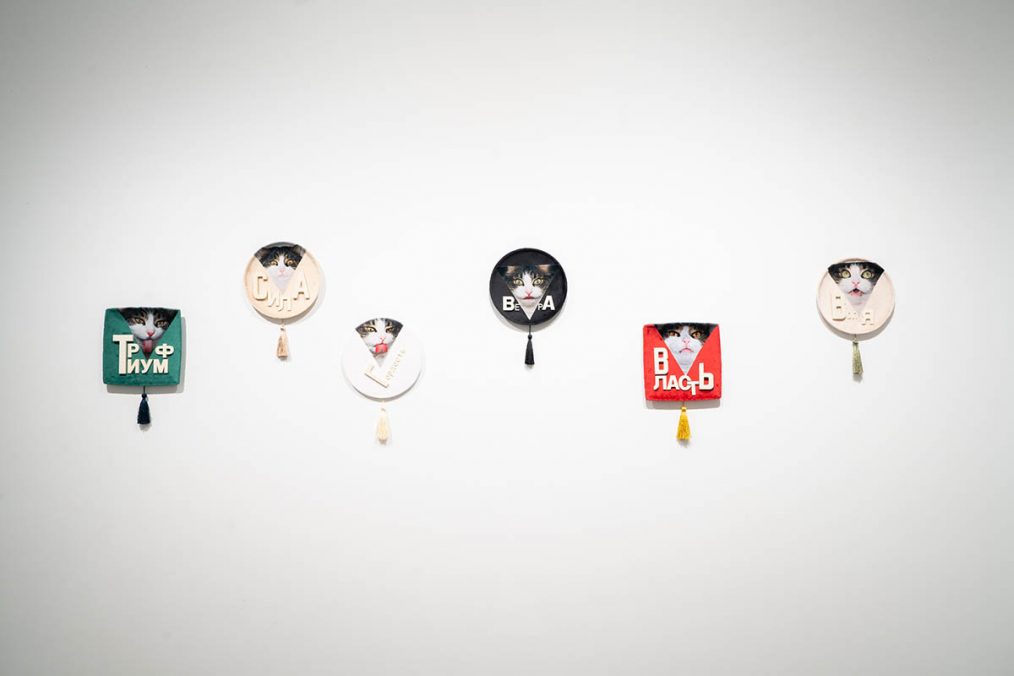
The analysis is purely structuralist, dry and mathematical. Yet it does not appear that Levi-Strauss selected this poem for analysis at random. The anthropologist’s personal experience may have motivated his choice. In stark contrast to the dry science, the final words of his “Tristes Tropiques” combine poetic principles with philosophical and even feline principles, as well: “… The grace to call a halt, for leisure, and recreation, and peace of body and mind. On this opportunity, this change of for once detaching onself from the implacable process, life itself depends. < …> Let us grasp the essence of what our species has been and still is, beyond thought and beneath society: an essence that may be vouchsafed to us in a mineral more beautiful than any work of Man; in the scent, more subtly evolved than our books, that lingers in the heart of a lily; or in the wink of an eye, heavy with patience, serenity, and mutual forgiveness, that sometimes, through an involuntary understanding, one can exchange with a cat.” The artist is the one responsible for the imperfections of “any work of Man” referred to by Levi-Strauss. But ideally, the method used by a contemporary (and not so contemporary) artist is something like directing or moderating a staring contest. This is a game where the viewer’s attention is attracted by some objects, artefacts, or performative elements and they join in the game initiated by the artist. The viewer does not stare directly at the objects of interest, but meets an attentive gaze coming from the other side of these objects, directed at the viewer across them. This is the cat’s stare—if not for real, then in an idealistic, metaphysical, artistic sense.
Yes, reality is getting out of control and it can’t be calculated or predicted. But this is not the breaking news of 2020: it has always been this way, and this fact has always been understood, at least by many poets and artists. The pandemic has simply made this ancient truth obvious to everyone. It’s time to stop wasting ourselves on empty talk, and especially to stop expecting art to function as prophecy. The artist is not an oracle. All our endless pointless questions and hasty “urgent” decisions will be devoured by “envious time”. Not everyone finds solace in wine, though it works as a distraction for some. But a clear gaze full of mutual understanding? We can devote the entire winter season to that. How many more winters will there be? It doesn’t really matter: this winter is still in full swing. How many more winters will there be? It doesn’t really matter: this winter is still in full swing.
Solo Exhibition: Alina Glazoun
Duration: 15.01.2021 – 28.02.2021
Address and Contact:
MYTH GALLERY
191123, St. Petersburg
Tchaikovsky St., 61
www.mythgallery.art



